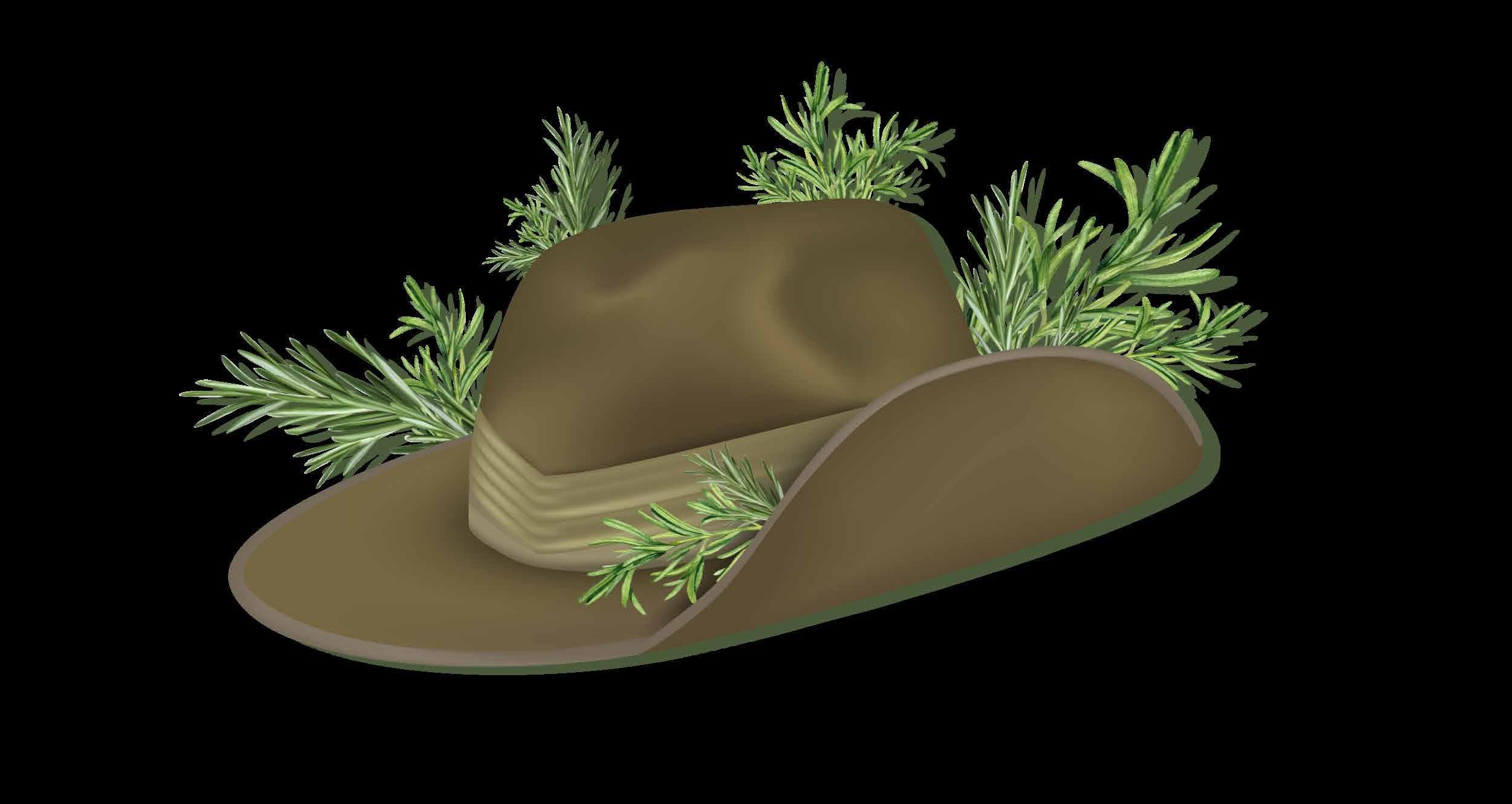

ANZAC DAY
First World War, 1914–18
Australia’s involvement in the First World War began when Britain and Germany went to war on 4 August 1914, and both Prime Minister Joseph Cook and Opposition Leader Andrew Fisher, who were in the midst of an election campaign, pledged full support for Britain. The outbreak of war was greeted in Australia, as in many other places, with great enthusiasm.
The first significant Australian action of the war was the Australian Naval and Military Expeditionary Force’s (ANMEF) landing at Rabaul on 11 September 1914. The ANMEF took possession of German New Guinea at Toma on 17 September 1914 and of the neighbouring islands of the Bismarck Archipelago in October 1914. On 9 November 1914 the Royal Australian Navy made a major contribution when HMAS Sydney destroyed the German raider SMS Emden.
On 25 April 1915 members of the Australian Imperial Force (AIF) landed on Gallipoli in Turkey with troops from New Zealand, Britain, France and over 16,000 Indian Soldiers includings Gurkahs, Sikhs, Muslims and Hindus. This began a campaign that ended with an evacuation of allied troops beginning in December 1915. The next year Australian forces fought campaigns on the Western Front and in the Middle East.
Throughout 1916 and 1917 losses on the Western Front were heavy and gains were small. On 31 October 1917, the heavily fortified town of Beersheba was the scene of a historic charge by the 4th Australian Light Horse Brigade formed in Holsworthy.
Commencing at dusk, the brigade stormed the town, using their bayonets as swords in a highly
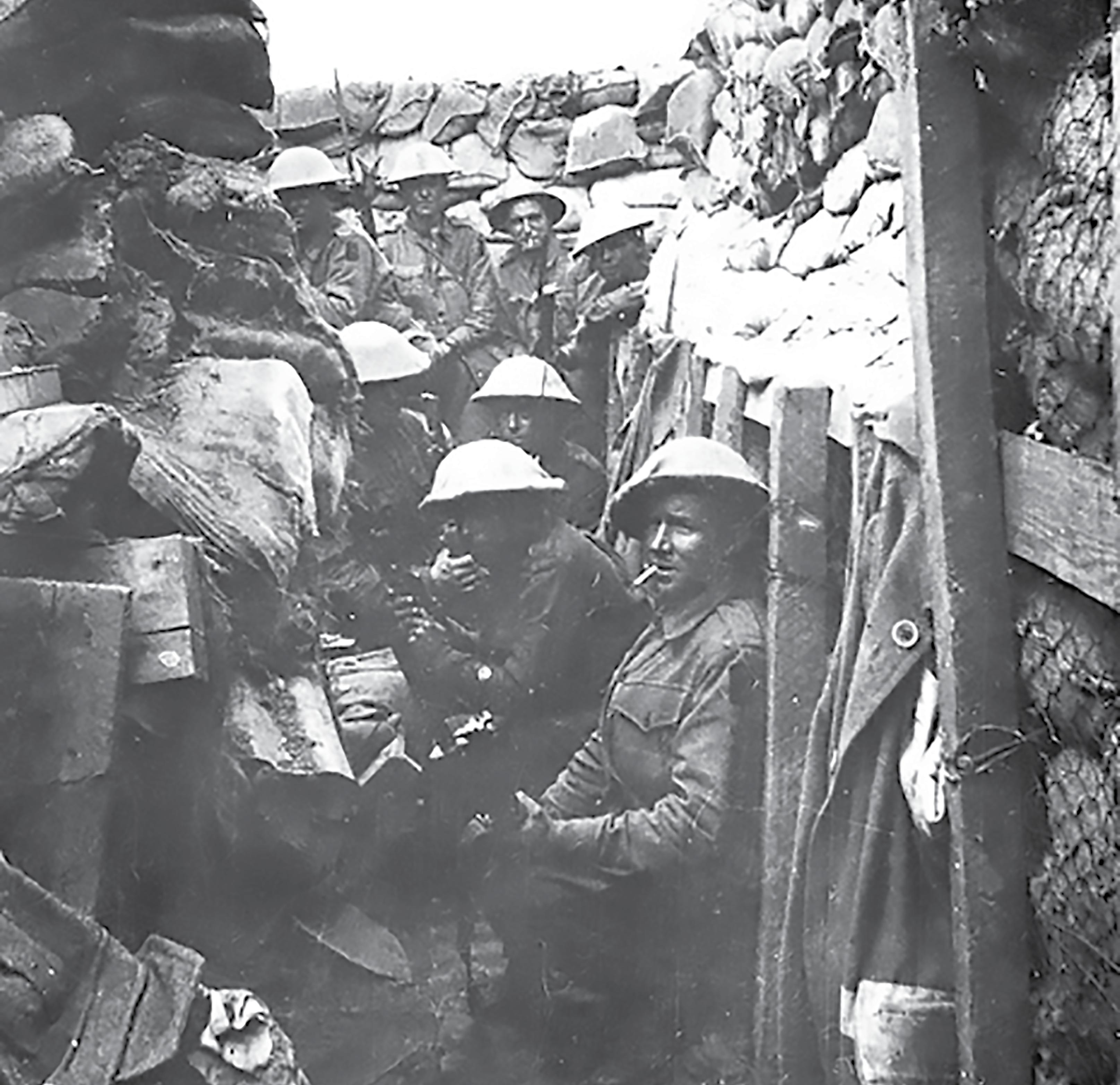
unconventional charge. The momentum of the surprise attack carried them through the Turkish defences where they were able to secure the town before it could be destroyed by the retreating Turkish force.
In 1918 the Australians reached the peak of their fighting performance in the battle of Hamel on 4 July. The Battle of Hamel was important as it was the first battle where all Australian Division fought under Australian command (Lt Gen John Monash), Australia’s involvement in the retaking and defence of Villers-Bretonneux, Amiens and Mont St Quentin are of greater significance.
In the town of Villers Bretonneux today they have streets named after Australia, the local school has a banner which says never forget Australia and the cemetery at Villers Bretonneux is one of the biggest Australian War Cemeteries. From 8 August they then took part in a series of decisive advances until they were relieved in early October. Germany surrendered on 11 November.
The Middle East campaign began in 1916 with Australian troops taking part in the defence of the Suez Canal and the allied re-conquest of the Sinai Desert. In the following year Australian and other allied troops advanced into Palestine and captured Gaza and Jerusalem; by 1918 they had occupied Lebanon and Syria and on 30 October 1918 Turkey sued for peace.
For Australia, the First World War remains the costliest conflict in terms of deaths and casualties. From a population of fewer than five million, 416,809 men enlisted, of whom more than 60,000 were killed and 156,000 wounded, gassed, or taken prisoner.
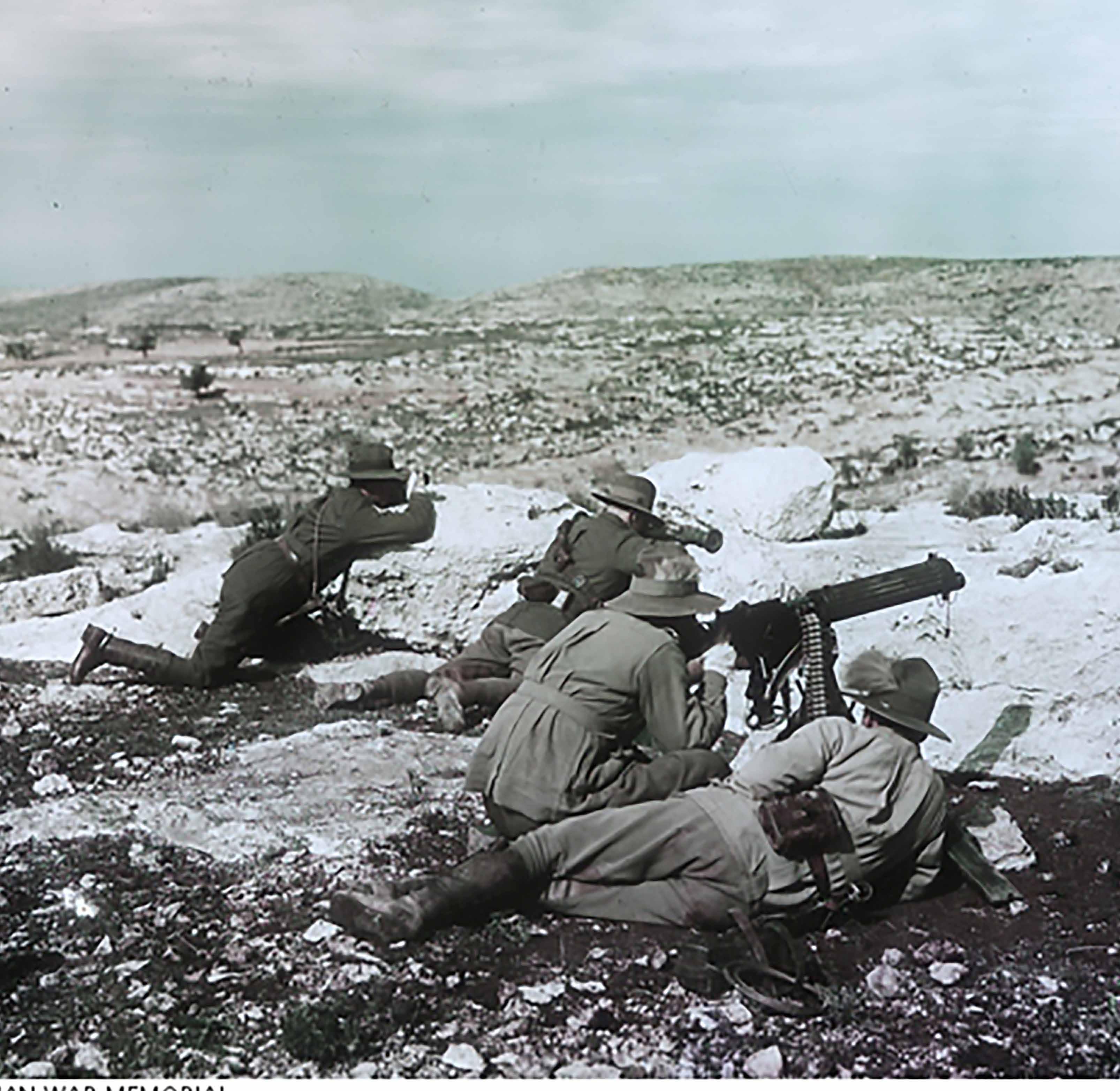
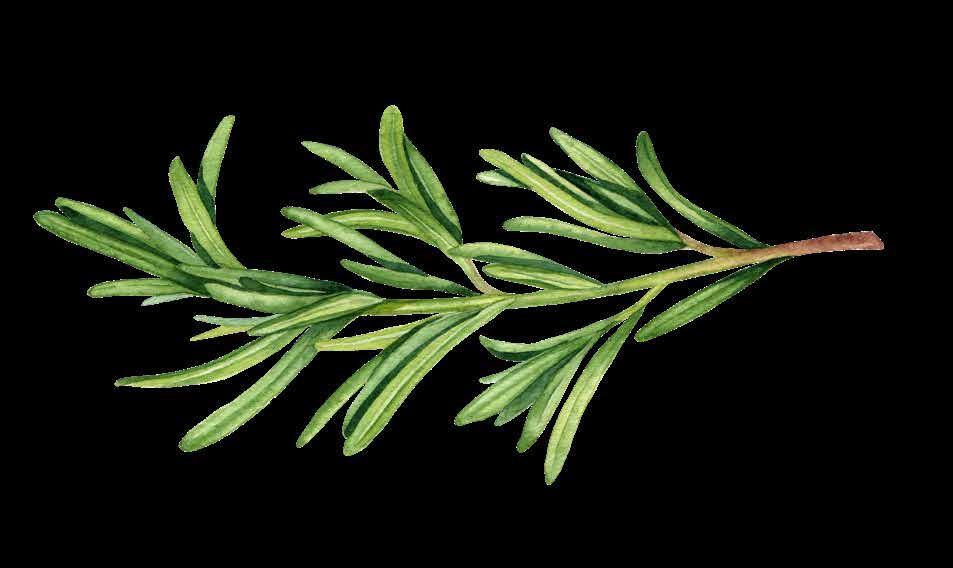
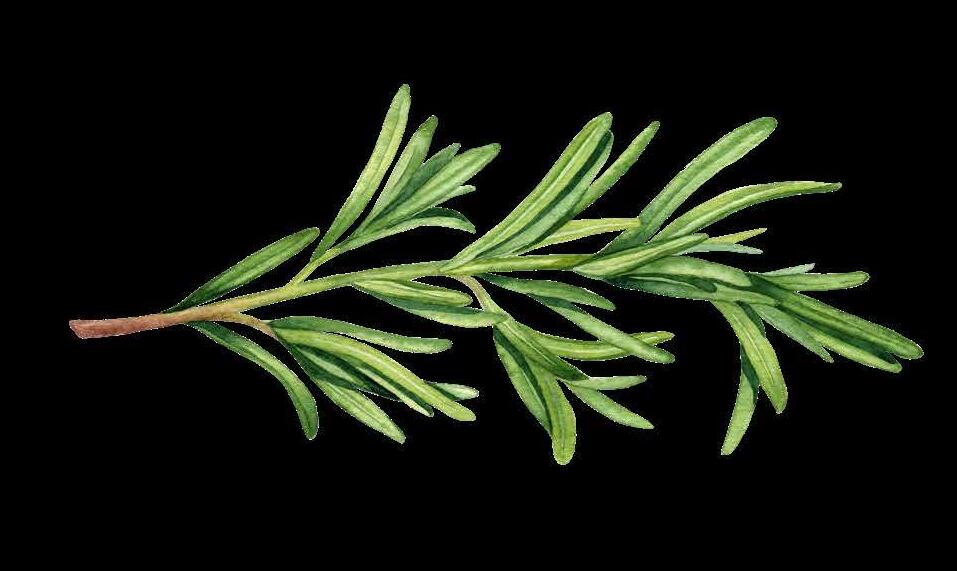
Men of the 53rd Battalion waiting to don their equipment for the attack at Fromelles. Only three of the men shown here came out of the action alive, and those three were wounded.
Four unidentified members of the 3rd Australian Light Horse Regiment and machine gun in action at Khurbetha-Ibn-Harith.

ANZAC DAY
Second World War, 1939–45
On 3 September 1939 Prime Minister Robert Gordon Menzies announced to the people of Australia of the nations declaration of war on Germany. The declaration was expanded to other Axis powers, including Italy on 11 June 1940 and the Empire of Japan on 8 December 1941.
The men of the Second Australian Imperial Force arrived in the Mediterranean and Middle East at the end of 1940 and joined in North African offensive between December 1940 and February 1941. Australian Troops spearheaded the capture of Bardia and Tobruk before the 6th Division was re-deployed to Greece and the 9th Division took over the North African offensive in mid February 1941.
After the ill-fated Greece campaign, the 6th and 7th Divisions were evacuated back to Australia in response to the Japanese invasion of Malaya and growing concern for the defence of Australia. Men captured during the Greece and Crete campaigns would remain in Prisoner of War camps until Germany’s surrender on 7 May 1945.
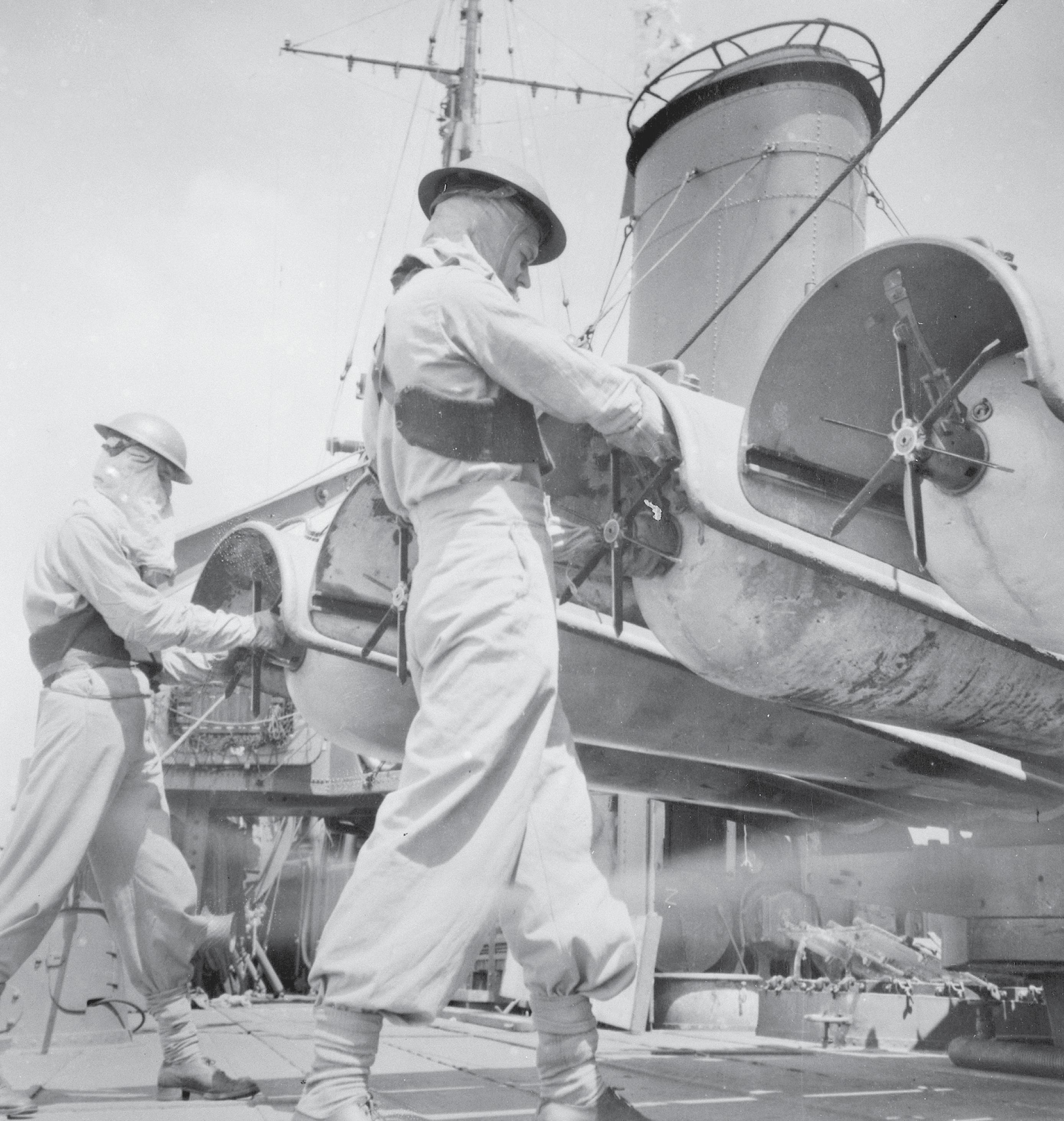
On 15 February 1942, Singapore fell with the loss of 14,972 Australian troops of the 8th Division. The battle of Malaya and subsequent fall of Singapore was not isolated with coordinated invasions of modern day Indonesia, East Timor and Papua New Guinea and the famous statement of No.24 Squadron Leader John Lerew in defence of Rabual “we who are about to die salute you” after being ordered to defend Rabual at all cost.
This dark period of 1942 led to the battle of Kokoda and the first defeat of the Japanese forces at Milne Bay in August 1942. Australian Soldiers defeat of Japanese forces at Milne Bay marked a turning point in World War II and started the long road to Victory in the Pacific on 15 August 1945.
Almost a million Australians, both men and women, served in the Second World War. They fought in campaigns against Germany and Italy in Europe, the Mediterranean and North Africa, as well as against Japan in south[1]east Asia and other parts of the Pacific. The Australian mainland came under direct attack for the first time, as Japanese aircraft bombed towns in north-west Australia and Japanese midget submarines attacked Sydney harbour.
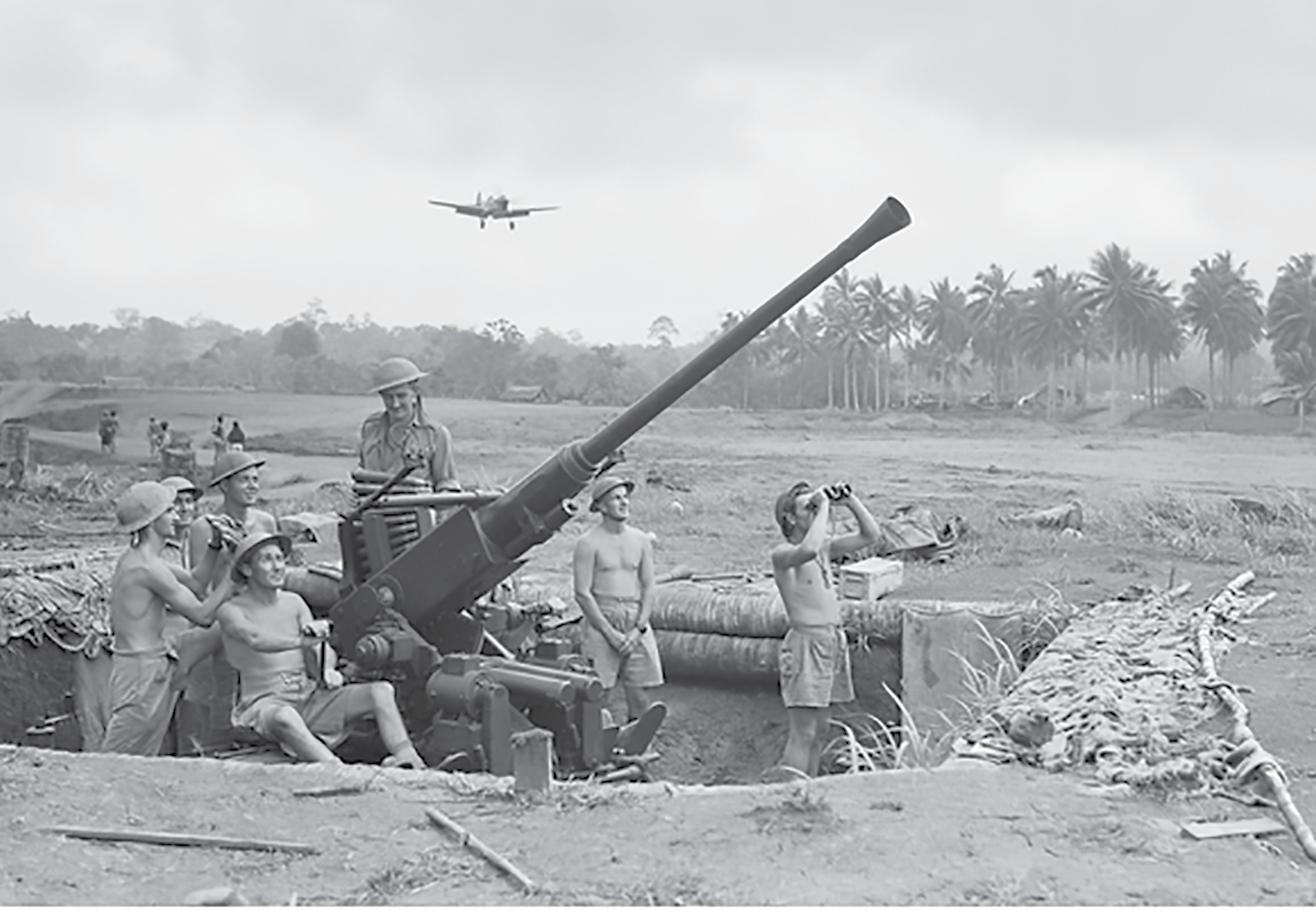


A Bofors 40mm anti-aircraft gun position manned by the 2/9th Light Anti-Aircraft Battery, Royal Australian Artillery, on the main fighter runway at Gili Gili airfield.
A Kittyhawk fighter can be seen coming in to land.
Dutch New Guinea. F. McGuinness of Liverpool, NSW, and R. Gough of Melbourne, VIC, get torpedo tubes ready as RAN destroyer HMAS Arunta moves in to shore during the landing at Tanahmerah Bay.

ANZAC DAY
Korean War, 1950–53
25 June 2020 marked the 70th anniversary of the start of the Korean War.
The Korean peninsula had been occupied by the Japanese since 1910. In 1945 when the Japanese forces surrendered, the country was divided at the 38th parallel. The division created the northern zone, backed by the Soviet Union, and the southern zone, backed by the United States. Lacking agreement on how to reunify, the zones became separate countries in 1948. The Republic of Korea formed in the south, followed by the Democratic People’s Republic of Korea in the north.
The relationship between the two Koreas was never stable, and in the early hours of 25 June 1950 the North Korean People’s Army crossed the 38th Parallel to invade the Republic of Korea. As North Korean forces streamed towards Seoul, 22 countries joined the United Nations multinational military intervention to defend South Korea.
Australia was among the first countries involved. HMAS Bataan and HMAS Shoalhaven began escorting US troopships
to the southern port city of Busan from 1 July 1950; No. 77 Squadron RAAF began their first ground support operations over the peninsula the next day; in late September, the 3rd Battalion, the Royal Australian Regiment, arrived at Busan and joined the 27th British Commonwealth Brigade.
The Korean War came to a halt on 27 July 1953 when an armistice was signed at Panmunjom, on the 38th parallel, close to where the war began. The war ended in a stalemate that exists today; it resulted in the deaths of over four million people, and led to the displacement of millions more.
Over 17,000 Australians in the Australian Army, Royal Australian Navy and Royal Australian Air Force served in Korea during the Korean War; 340 Australians died, over 1,200 were wounded, and 30 became prisoners of war.
The 3rd Battalion had the greatest impact of all three Australian battalions to the Korean War through the Battle of Kapyong and was based in Liverpool for a significant period of it’s history.
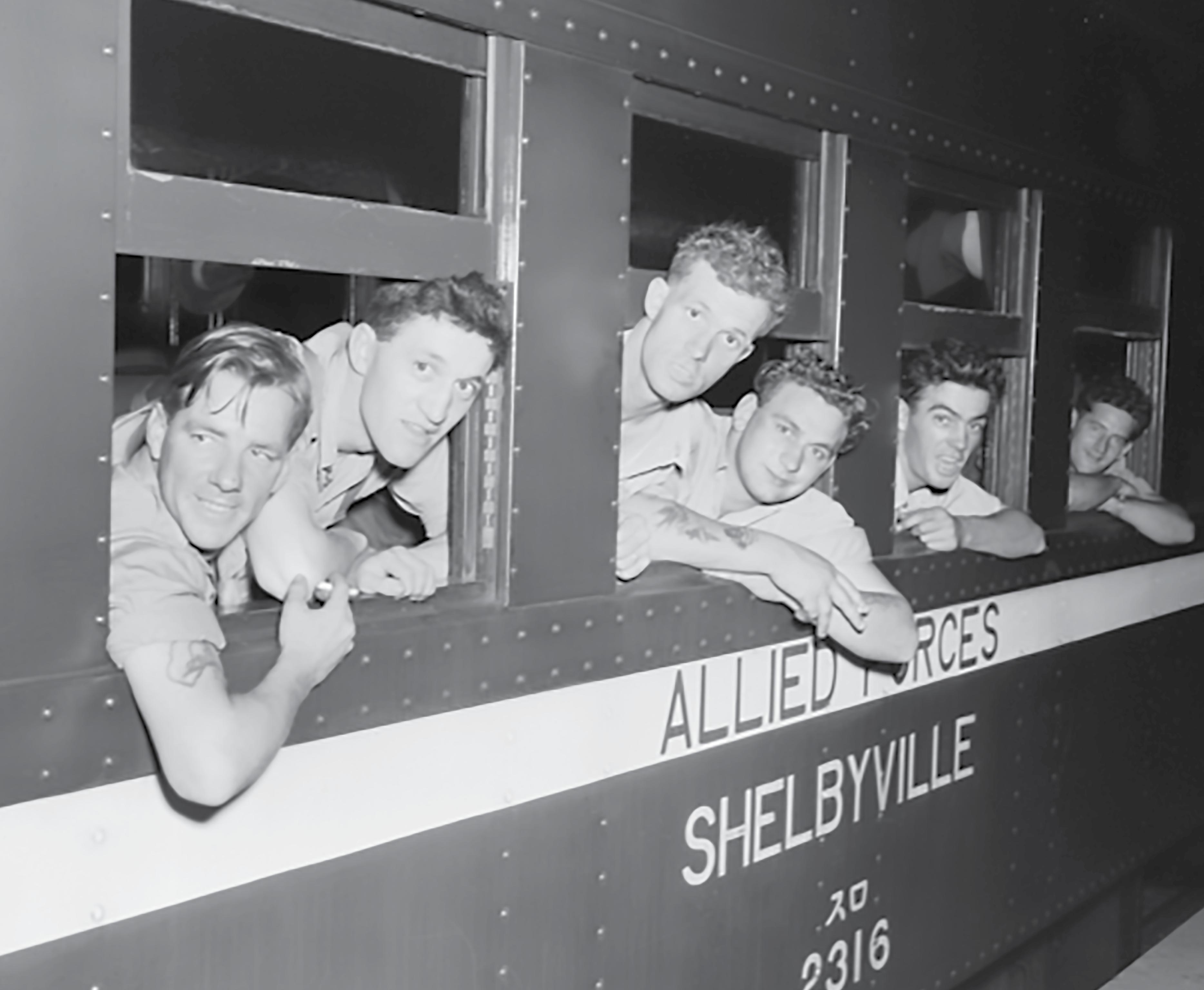


Kure, Japan. 9 September 1950. Reinforcements for the 3rd Battalion, The Royal Australian Regiment (3RAR), have arrived in Japan. After a brief training period they will leave for Korea with the first contingent of Australian troops. Pictured, left to right: Private (Pte) V Childs of Brisbane, Qld; Pte W D Cohen of Lewisham, NSW; Pte C F McMurray of Rosebery, NSW; Pte L Deadman of Liverpool, NSW; Pte A R Gillen of Port Kembla, NSW, and Pte R J Hardy of Lismore, NSW. Both Pte Childs and Pte McMurray served with 65 Battalion, which was stationed in Japan as part of the British Commonwealth Occupation Force. Note the writing on the train reads `Allied Forces, Shelbyville 2316’.

ANZAC DAY
Vietnam War, 1955–75
The arrival of the Australian Army Training Team Vietnam (AATTV) in South Vietnam during July and August 1962 was the beginning of Australia’s involvement in the Vietnam War. Australia’s participation in the war ended when the Governor-General issued a proclamation on 11 January 1973. The only combat troops remaining in Vietnam were a platoon guarding the Australian embassy in Saigon, which was withdrawn in June 1973.
From the time of the arrival of the first members of the Team in 1962 over 60,000 Australians, including ground troops and air force and navy personnel, served in Vietnam; 523 died as a result of the war and almost 2,400 were wounded.
The war was the cause of the greatest social and political dissent in Australia since the conscription referendums of the First World
War. Many draft resisters, conscientious objectors, and protesters were fined or jailed, while soldiers met a hostile reception on their return home.
The 1st Battalion, which was based at Ingleburn Army Barracks (Bardia Barracks) now Edmondson Park was the first Australian Battalion to Vietnam arriving in 1965. The 1st Battalions largest battle was the Battle of Coral-Balmoral in May 1968 which is still recognised today.
The Battle of Long Tan was the first major conflict for Australian troops from the 6 RAR. 15,300 men were conscripted into the Australian Army for the Vietnam conflict, a large portion of these men would have passed through Ingleburn Army Barracks, which was the School of Infantry from 1960 to 1972.
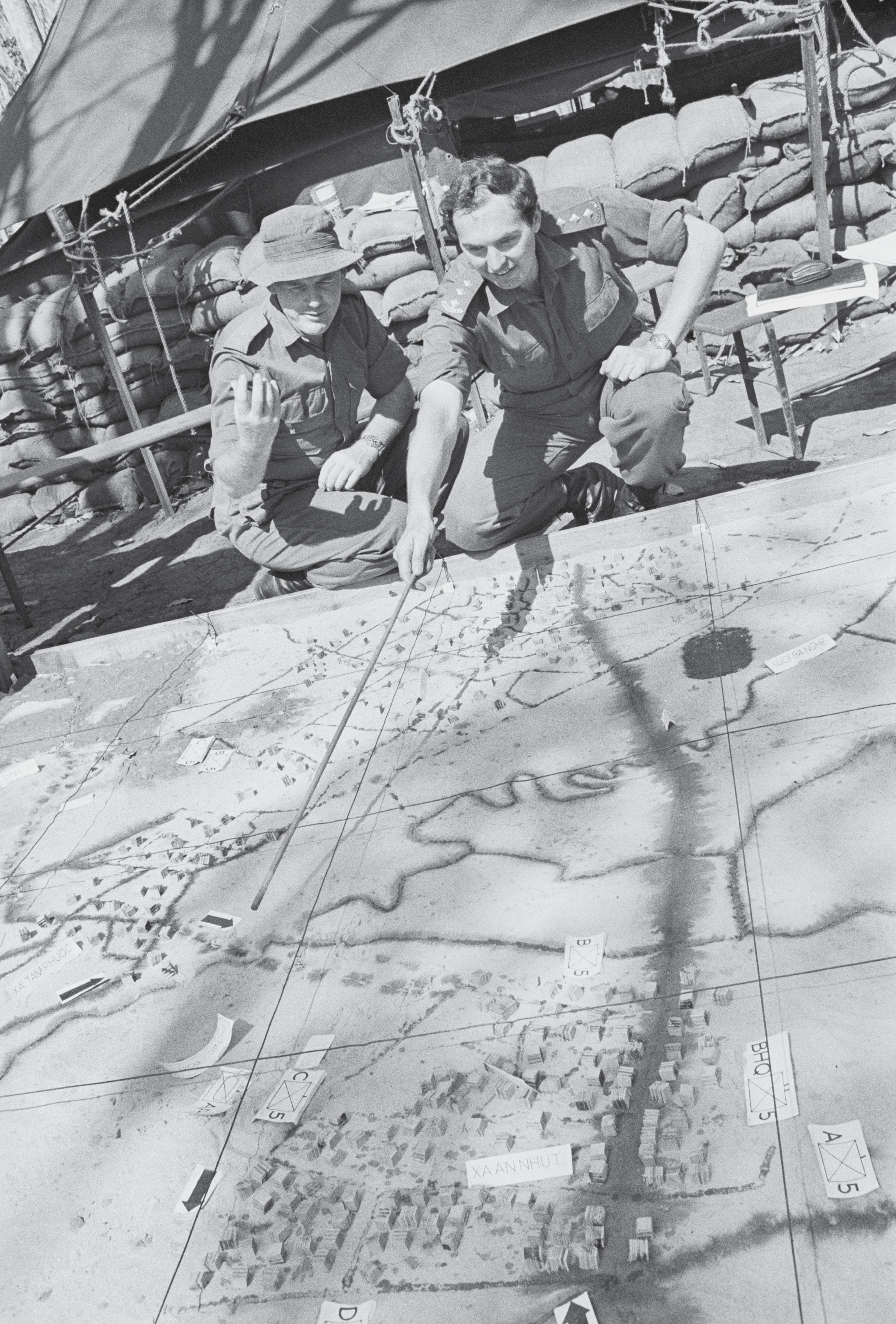



Vietnam. 1967. Captain R. J. O’Neill of Liverpool, NSW, an Intelligence Officer of 5th Battalion, The Royal Australian Regiment (5RAR), points out a suspected enemy position on a special scale model of a section of terrain in Phuoc Tuy Province. With him is the Battalion’s Commanding Officer, Lieutenant-Colonel J. A. Warr of Sydney, NSW.
South Vietnam. 1967. Private Ron Shoebridge of Liverpool, NSW, a medic with A Company, 5th Battalion, The Royal Australian Regiment (5RAR), gives medical aid to the knee of a small Vietnamese child held by his mother.

ANZAC DAY
Liverpool – A Military Town
Liverpool’s proud history as a military town cannot be overlooked. Prior to World War I Lord Kitchener, on a visit, recommended that land in the Holsworthy area be used to establish a permanent military camp and training area. At the outbreak of war in 1914 it was the site of the main camp for the reception and basic training of recruits for the Australian Imperial Force (AIF) in New South Wales. Holsworthy was also the site for the German interment camp in Australia. This camp remained open until the last internees were repatriated in 1920.
Liverpool was indelibly written into Australian military history when, on Valentine’s Day 1916, rioting soldiers from the Casula Camp and the Liverpool Camp broke into Liverpool hotels and then commandeered a train to the city where the riot continued. One man was shot dead and six injured. This gave the Temperance Movement a compelling argument in favour of 6 o’clock closing. In the subsequent referendum of June 1916, 62 per cent of voters voted in favour of early closing.
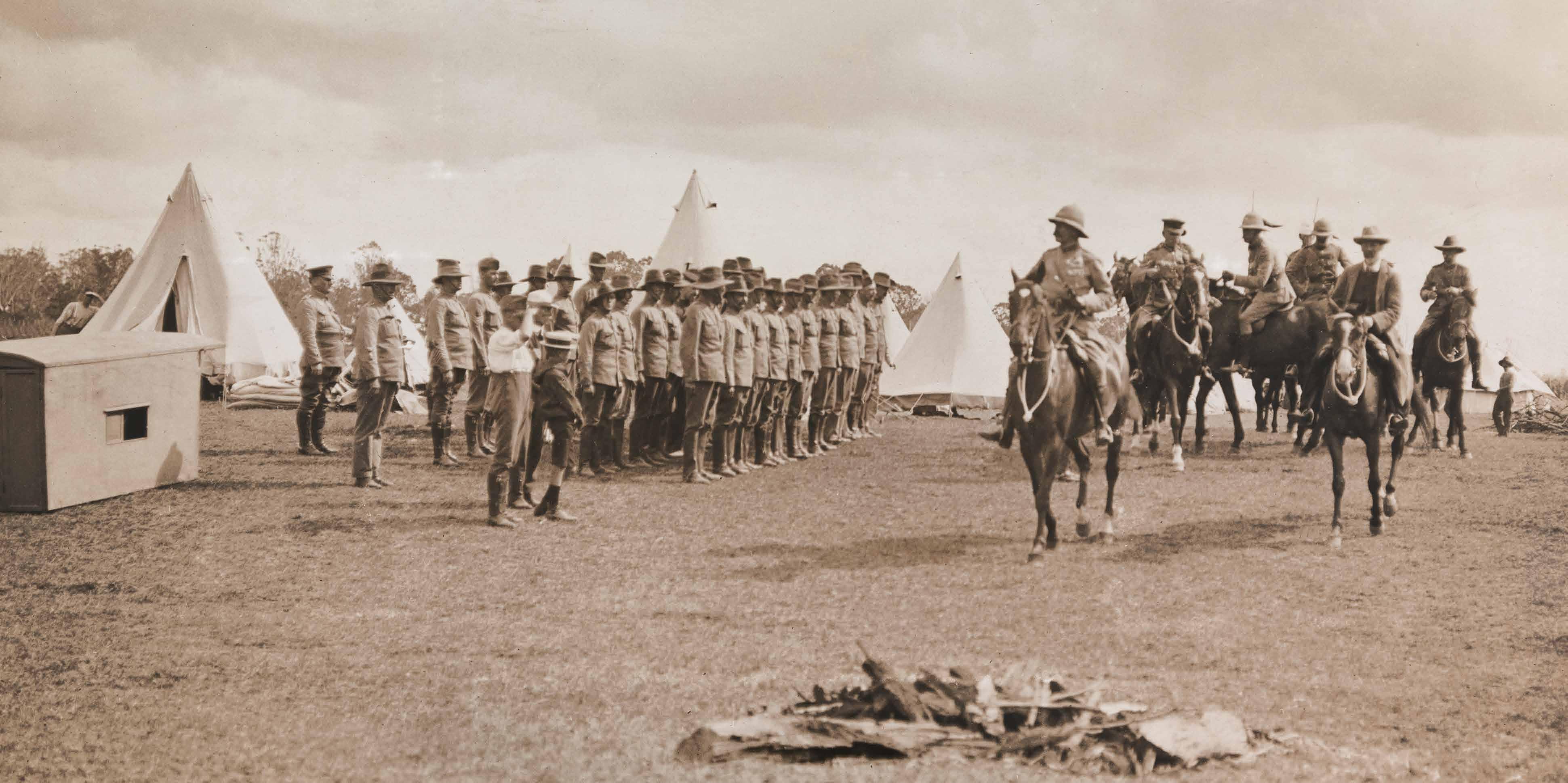
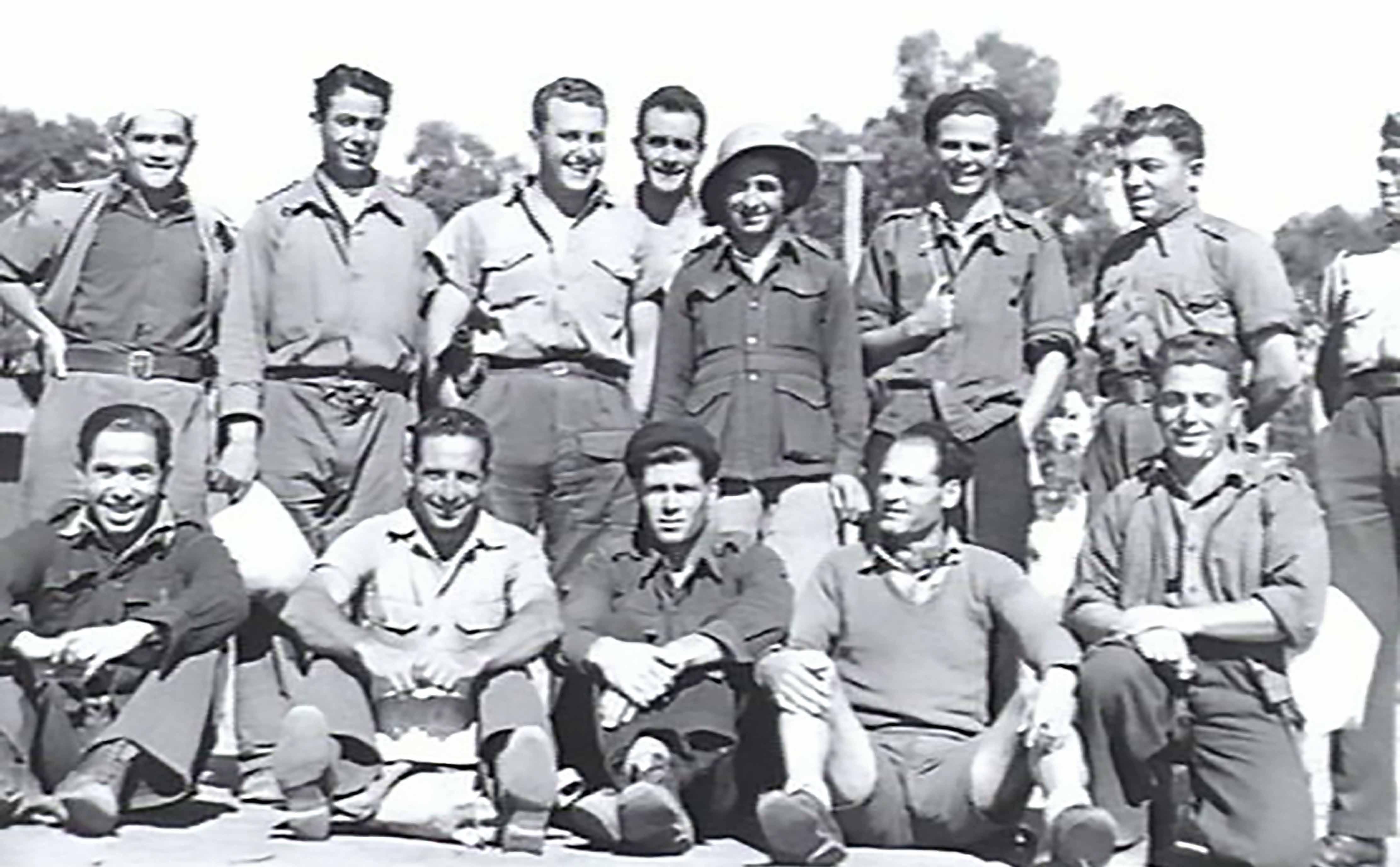


Liverpool Camp, NSW, 1910-11. Lord Kitchener and Mounted Officers Inspecting Lines of men inside camp during his official visit. Tents in background. (Donor: R.A. Sands)
Liverpool, NSW. The Liverpool Army Camp.

ANZAC DAY
Liverpool – A Military Town
Like so many other towns and cities, Liverpool farewelled husbands, sons and brothers, and those left continued their lives and waited for news or letters home from their loved ones.
Minnie Cloke, a local girl, persuaded her father to erect a flagpole at Liverpool Railway Station so she could raise the Australian flag every time a Liverpool boy came home.
Unfortunately, she never got to raise the flag of her own brother William Francis Cloke, who was killed in France, September 1917. The cruel reality of war was brought home to the people of Liverpool many times during World War I with the sad loss of young and innocent lives on the distant battlefields. Families faced the resulting heartbreak with the dogged determination that has always been a part of the makeup of Liverpool’s citizens.
The Moorebank/Holsworthy area has been used for military training and occupation since the late 1800s with the NSW Corp of Artillery as well as the Lancers using the country side for training.
Liverpool could be argued as being the birthplace for the modern Australian Army with the formation of the 1 RAR in Ingleburn, the 4th RAR
A railway embankment near the Holsworthy Camp (also known as The German Concentration Camp). The camp near Liverpool, NSW, was serviced by the main western railway line. The largest internment camp in Australia during World War I was at Holsworthy, near Liverpool on the outskirts of Sydney. The camp held 6,890 internees, most having German or Austrian parentage. The camp grew from a collection of tents to a small town of huts complete with theatres, restaurants and cafes, other small businesses, an orchestra and sporting and educational activities. Holsworthy Camp remained open until 5 May 1920 when the last internees and prisoners of war were repatriated.
was spawned from a Depot Company also at Ingleburn and the 5th RAR and subsequently the 5/7th RAR was formed at Holsworthy.
Moorebank was also the birthplace for modern Combat Engineering with the establishment of Steele Barracks during WWII. This barracks went on to training and developing combat engineering skills and knowledge which was pivotal to WWII, Korea, Vietnam right through to the current day with training units now based at Holsworthy.
The Australian Light Horse and various units of the First AIF relied on hundreds of horses which passed through the remount camps at Holsworthy and Chipping Norton.
The concept of a “Military Town” or more appropriately a “Garrison Town” is the idea of a town or city evolving around a military establishment or barracks to serve the needs of that barracks. In the case of Liverpool, the growth of Liverpool, particularly its housing and industrial base can be directly linked to the various key conflicts of Australia’s military history and the growth of the Holsworthy and Ingleburn military barracks.
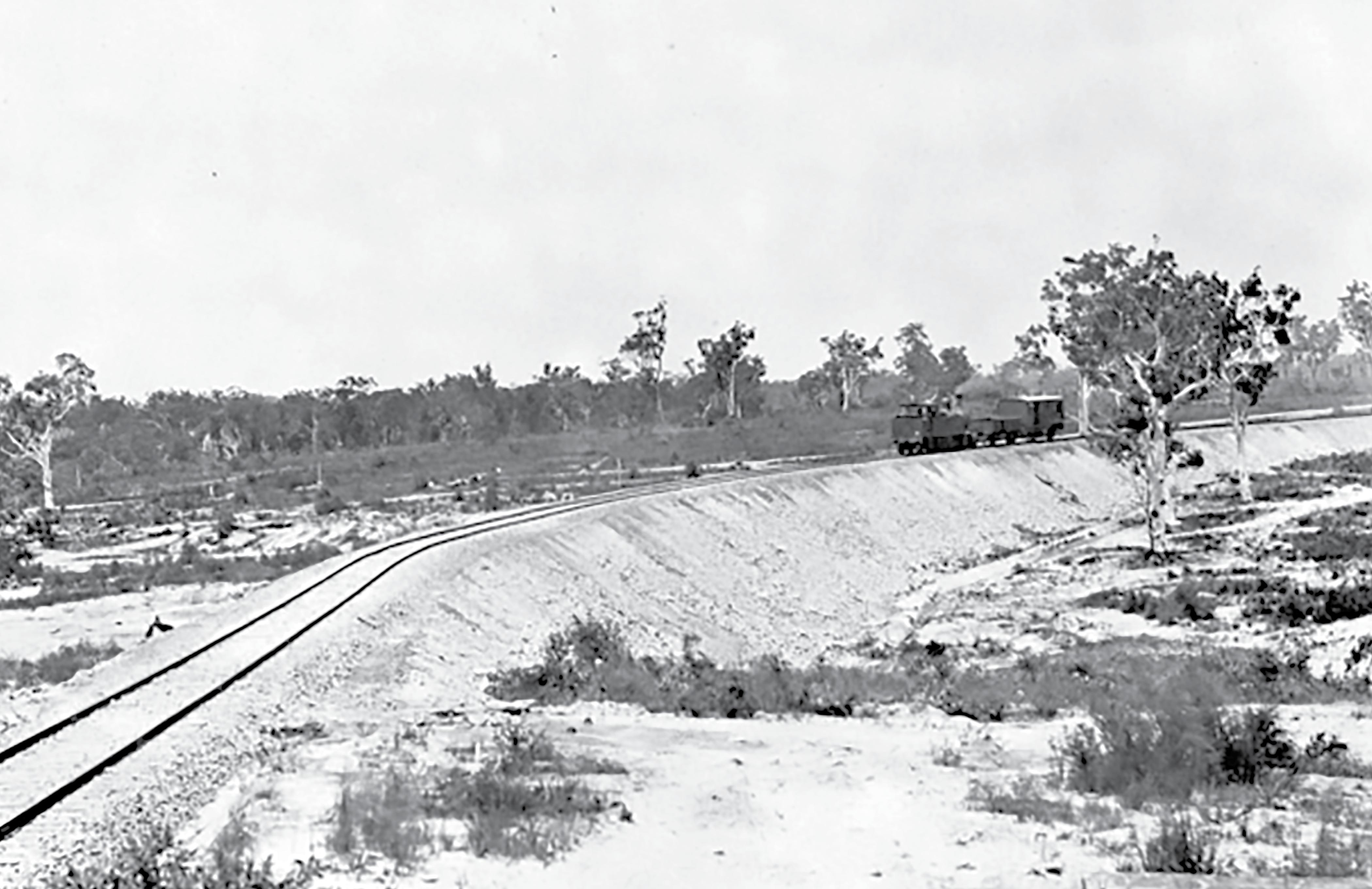
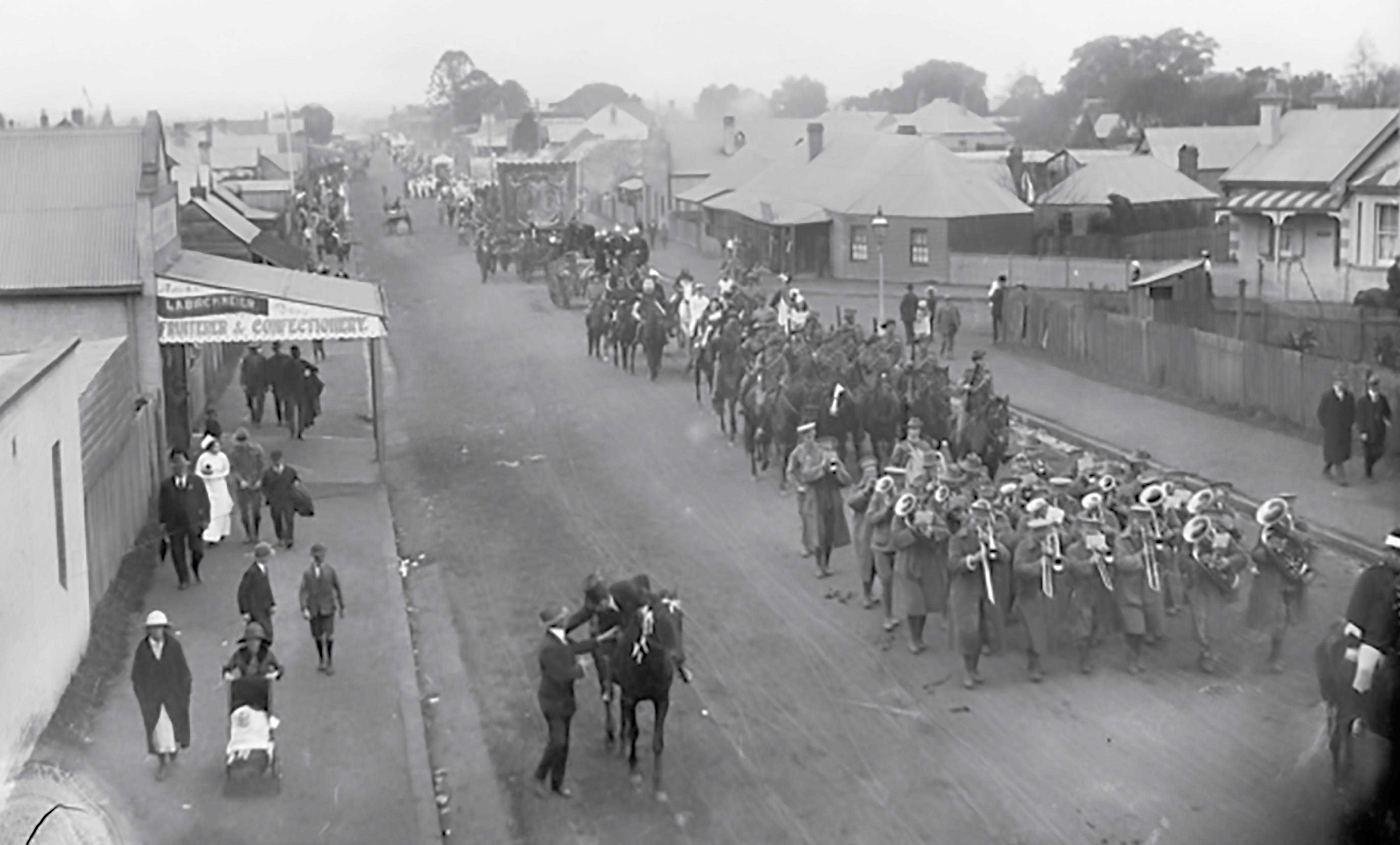

Liverpool, NSW. 1915. A march in Terminus Street watched by people in the street. Included in the parade are members of the Liverpool Municipal Band with their musical instruments and, behind them, mounted servicemen.


ANZAC DAY
Corporal John Hurst ‘Jack’ Edmondson
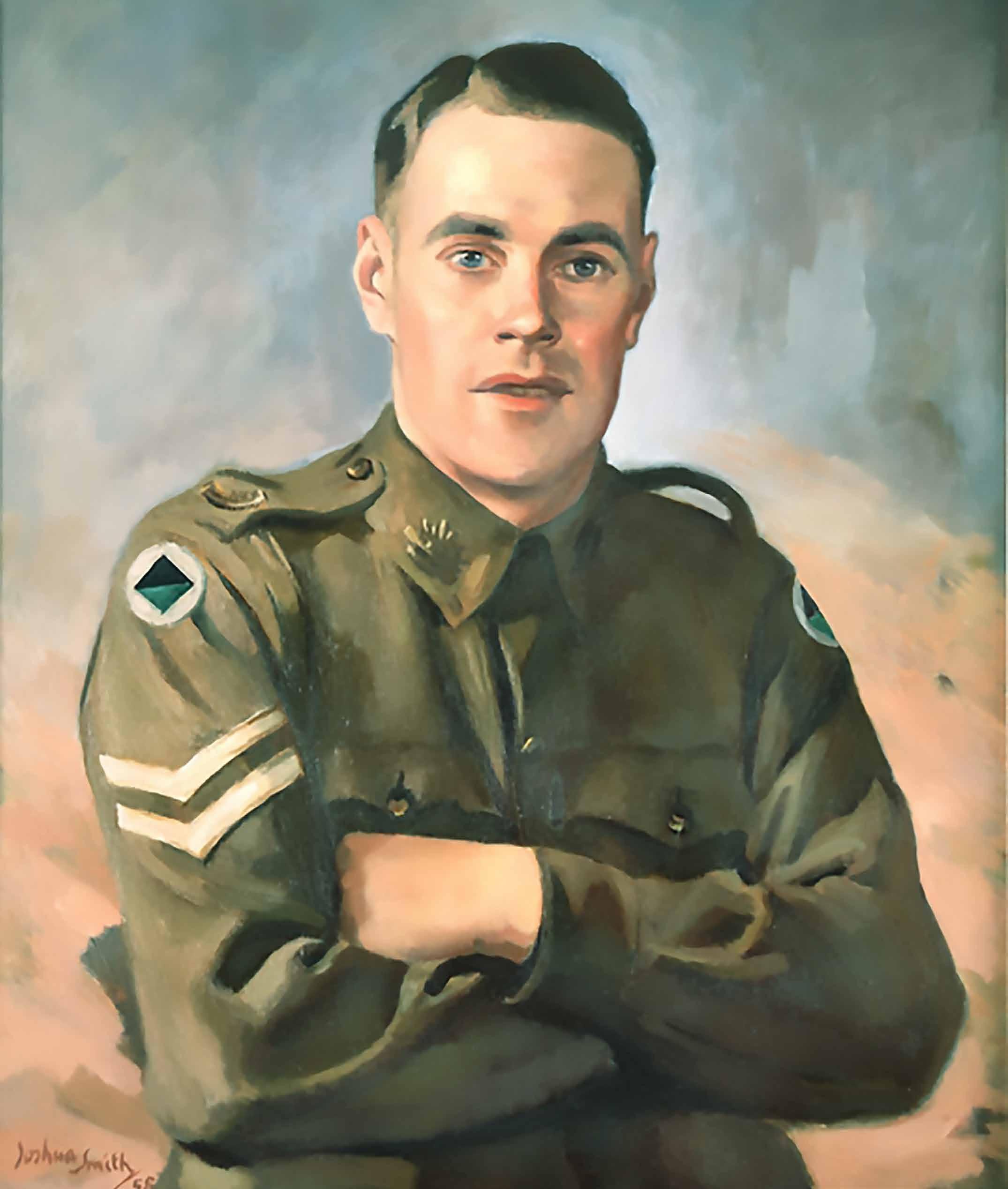
Jack Edmondson (1914-1941) was born in Wagga Wagga, New South Wales, later moving to Liverpool where he worked on his parents’ farm. After service in the militia, he enlisted in the AIF and was promoted to corporal soon afterwards. He embarked for the Middle East with 2/17th battalion in October 1940 and trained in Palestine.
In April 1941 German infantry breached the defences at Tobruk, establishing machine-guns, mortars, and field-guns. A seven-man section, including Edmondson, charged the position. Although wounded in the neck and stomach, Edmondson continued to advance under heavy fire, killing one German with his bayonet. He later killed another two Germans, saving the life of his platoon commander, but he succumbed to his wounds soon after the German attack was defeated. His citation noted that Edmondson’s actions during the operation “were outstanding for resolution, leadership and conspicuous bravery”.


Memorial.
Service number NX15705
Born 1914, Wagga Wagga NSW
Rank Corporal
Battalion 2/17th Australian Infantry Battalion
Served at Tobruk

ANZAC DAY
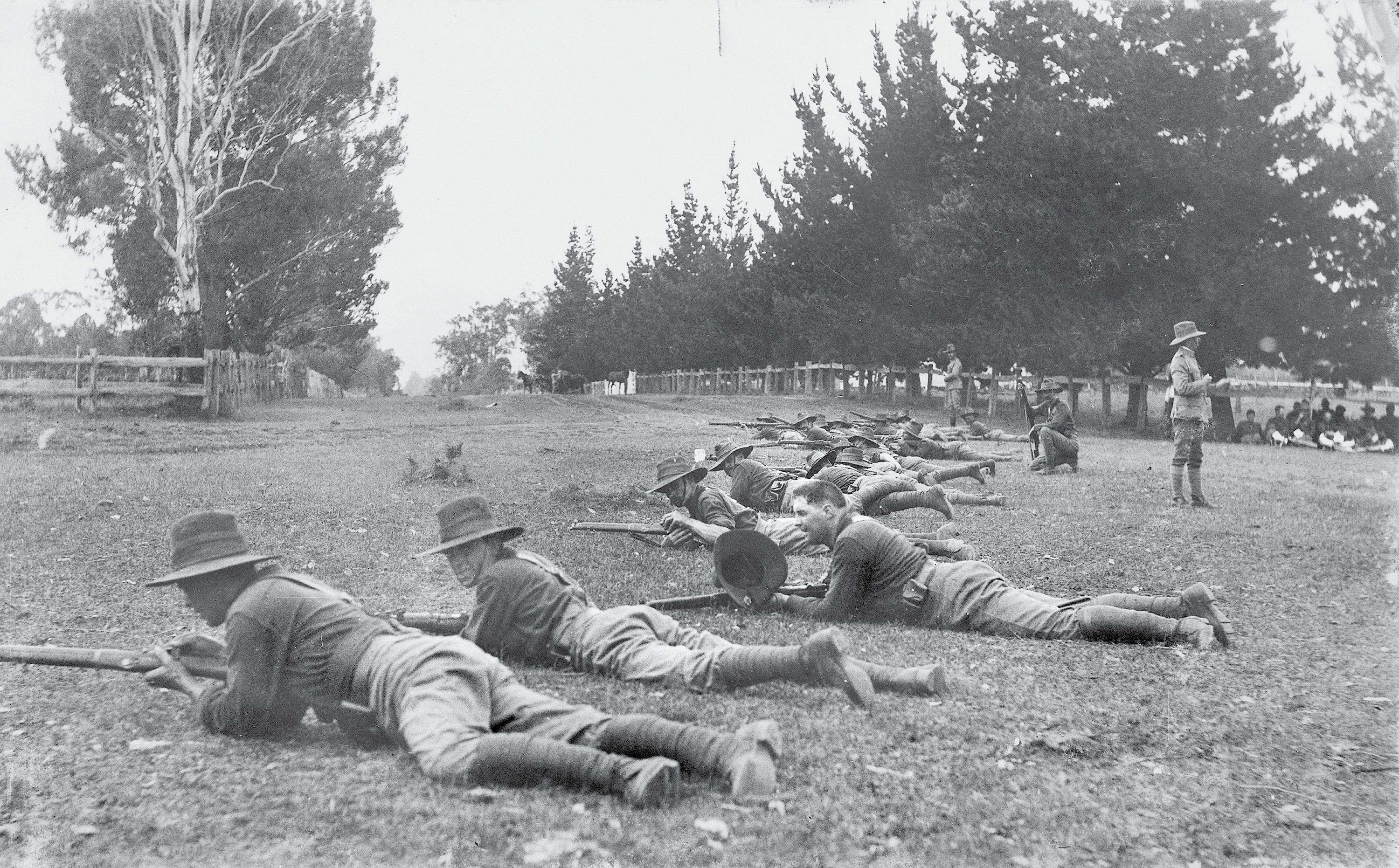
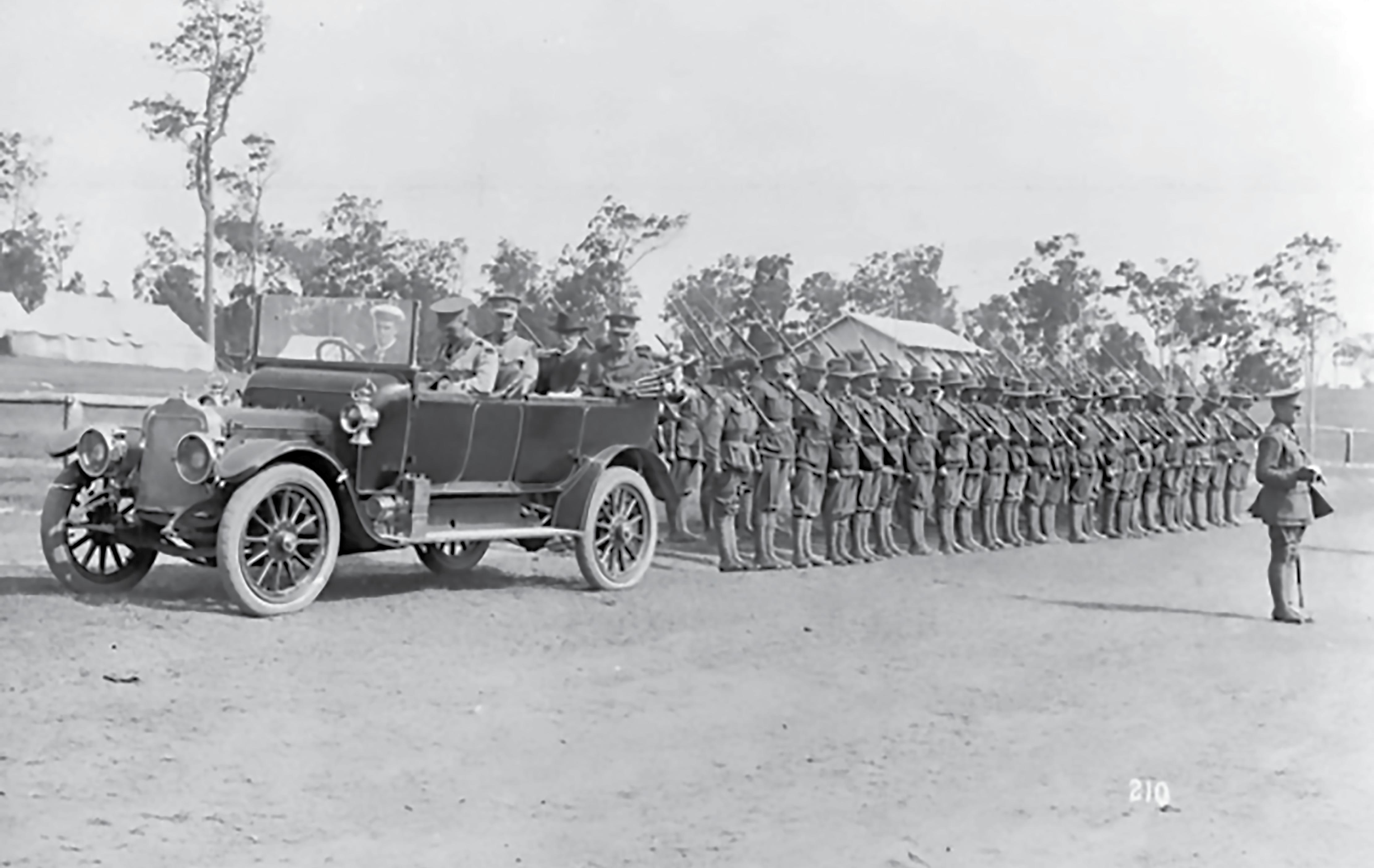


Australian War Memorial.
Near Liverpool, NSW, 1910. 1st Australian infantry regiment in attack during manoeuvres. Line of men lying flat on ground aiming rifles at distant targets. (Donor: R.A. Sands)
Liverpool, NSW. c. 1916. The Australian Governor General, Sir Ronald Munro, leaving Liverpool Army Camp after he had inspected the AIF troops. The Guard of Honour is standing behind the official car. (Donor: G. Henderson)

ANZAC DAY
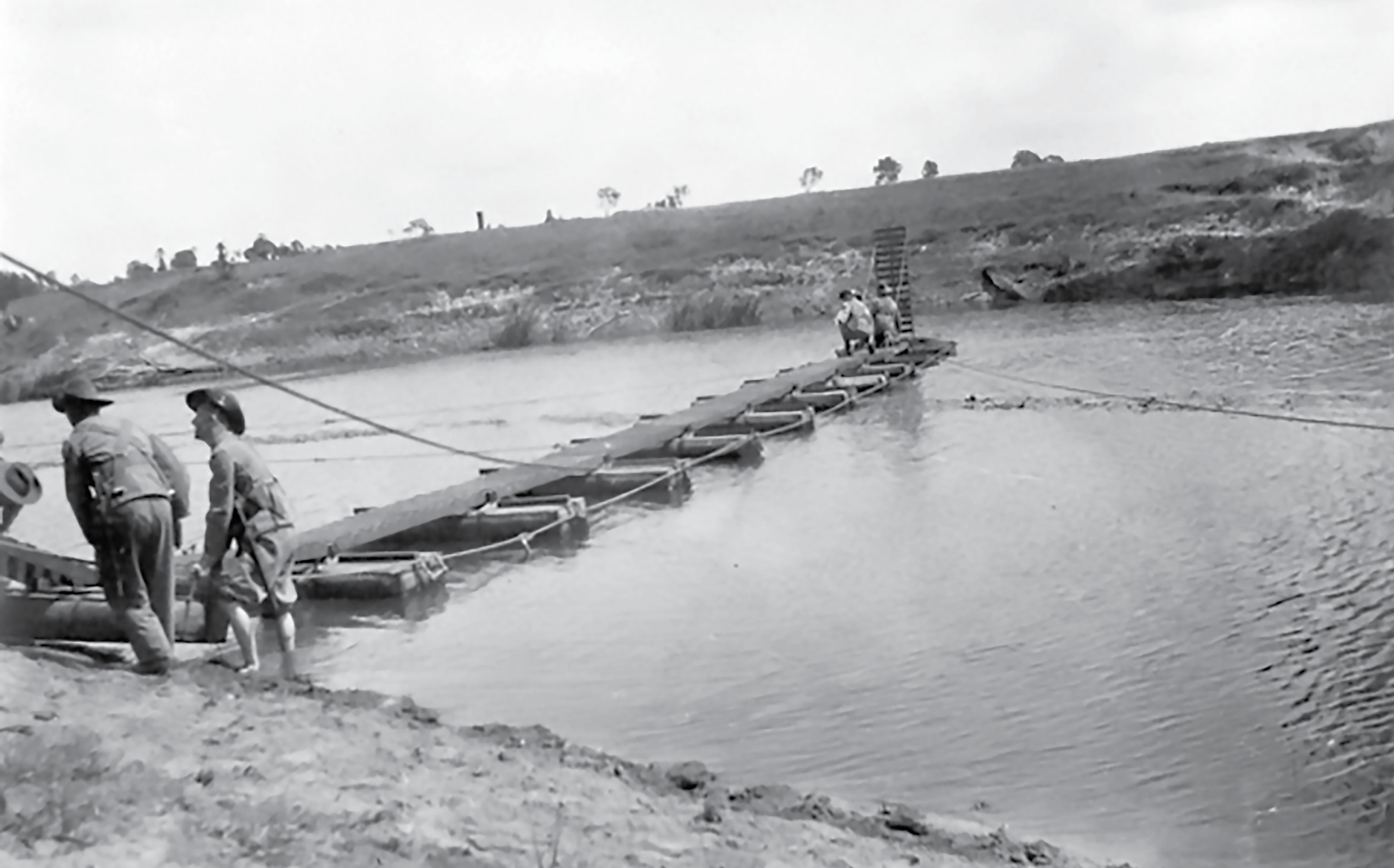
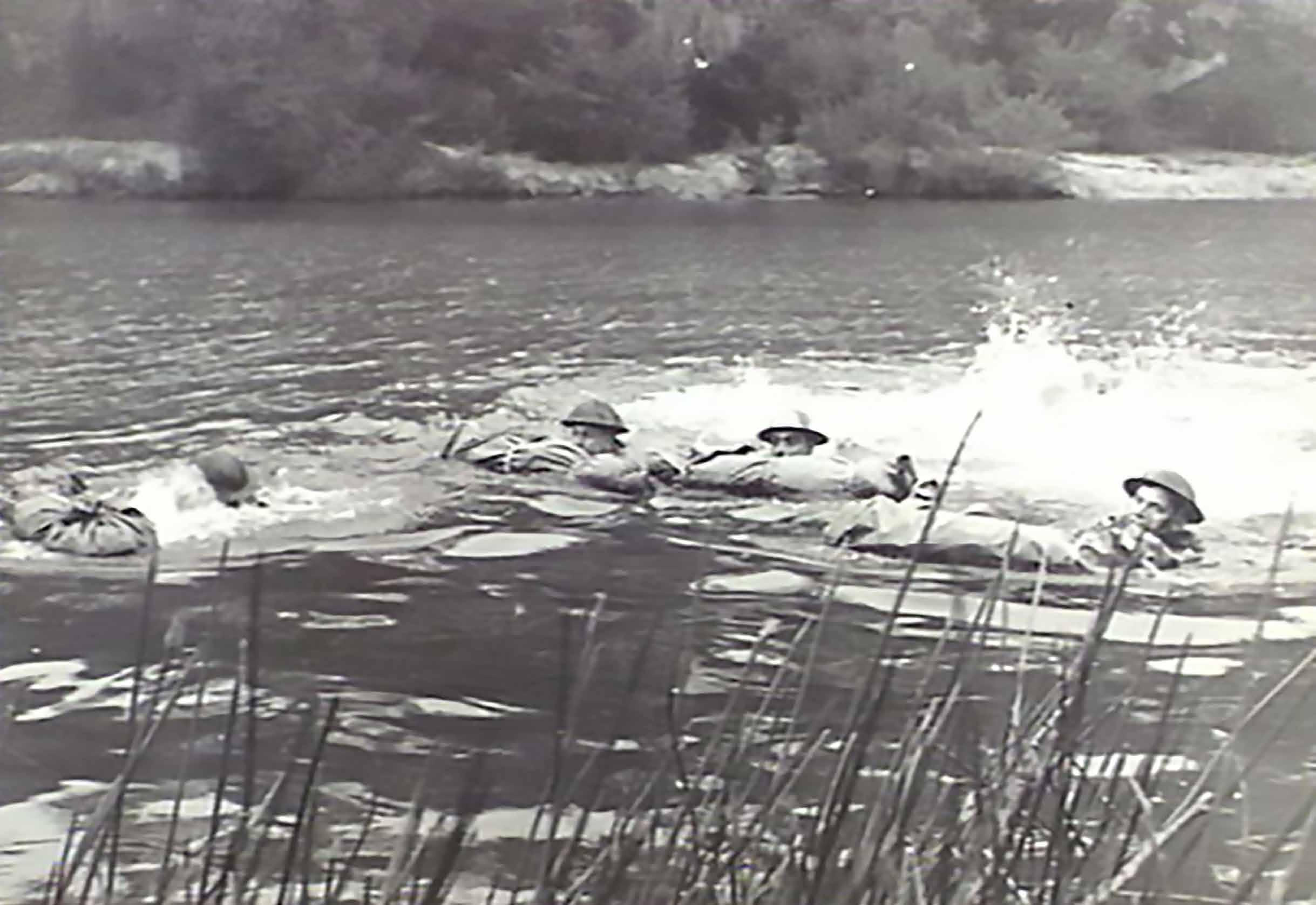
Personnel at land headquarters, electrical and mechanical engineers school with preofficer cadets’ training unit and basic training students, pushing their gear in ground sheets ahead of them while practicing river crossings with service equipment.
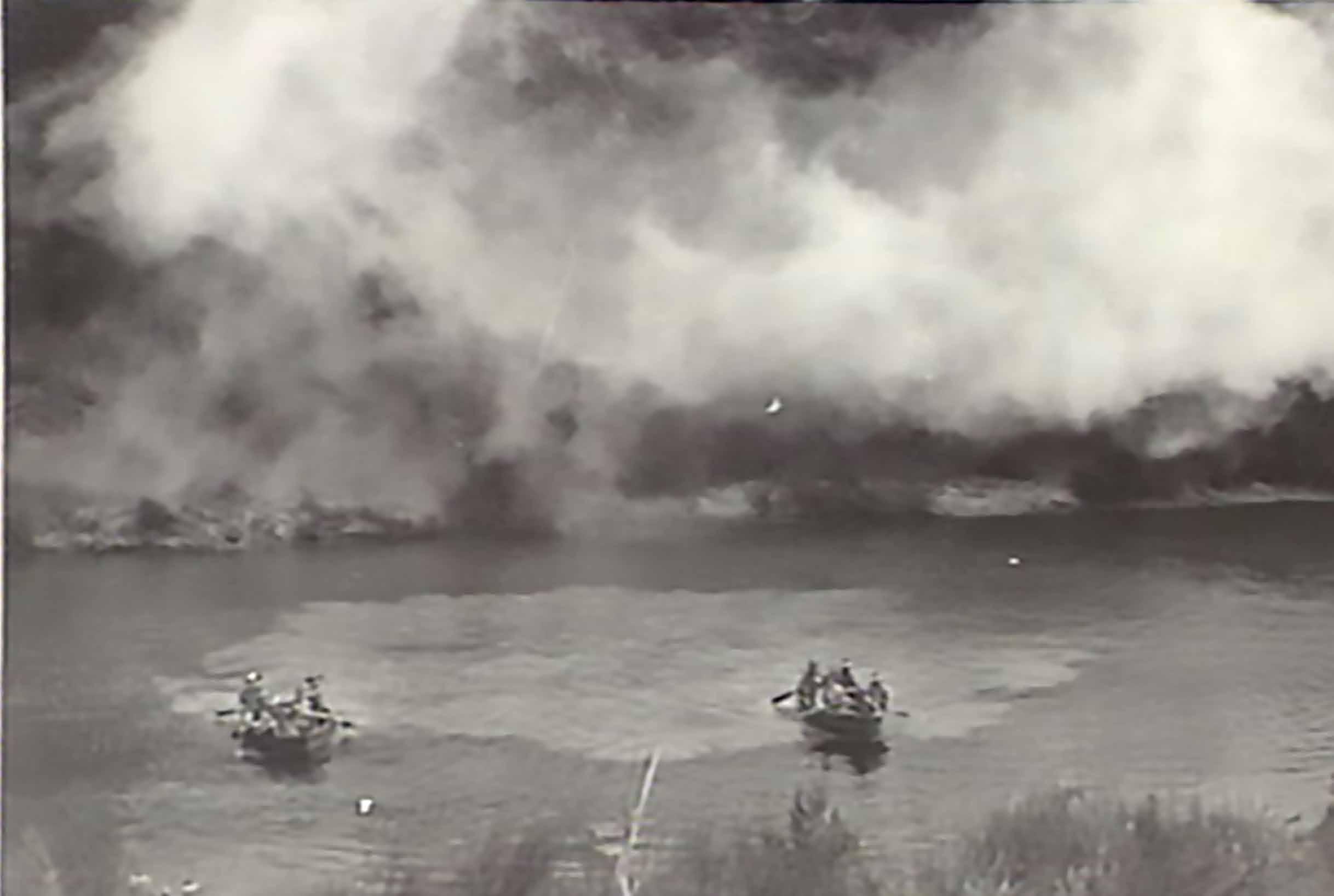


Memorial.
Liverpool, NSW. 1936. Members of the Australian instructional corps constructing an assault bridge across the Georges River.
Georges River, Liverpool, NSW. 1944.
Georges River, Liverpool, NSW. 1944. Personnel at land headquarters, electrical and mechanical engineers school cross the river in assault and reconnaissance boats during exercises with pre-officer cadets’ training unit and basic training students.

ANZAC DAY
NSW Rural Fire Service
Middleton Brigade
Flight Sergeant Rawdon ‘Ron’ Middleton VC 29 November 1942
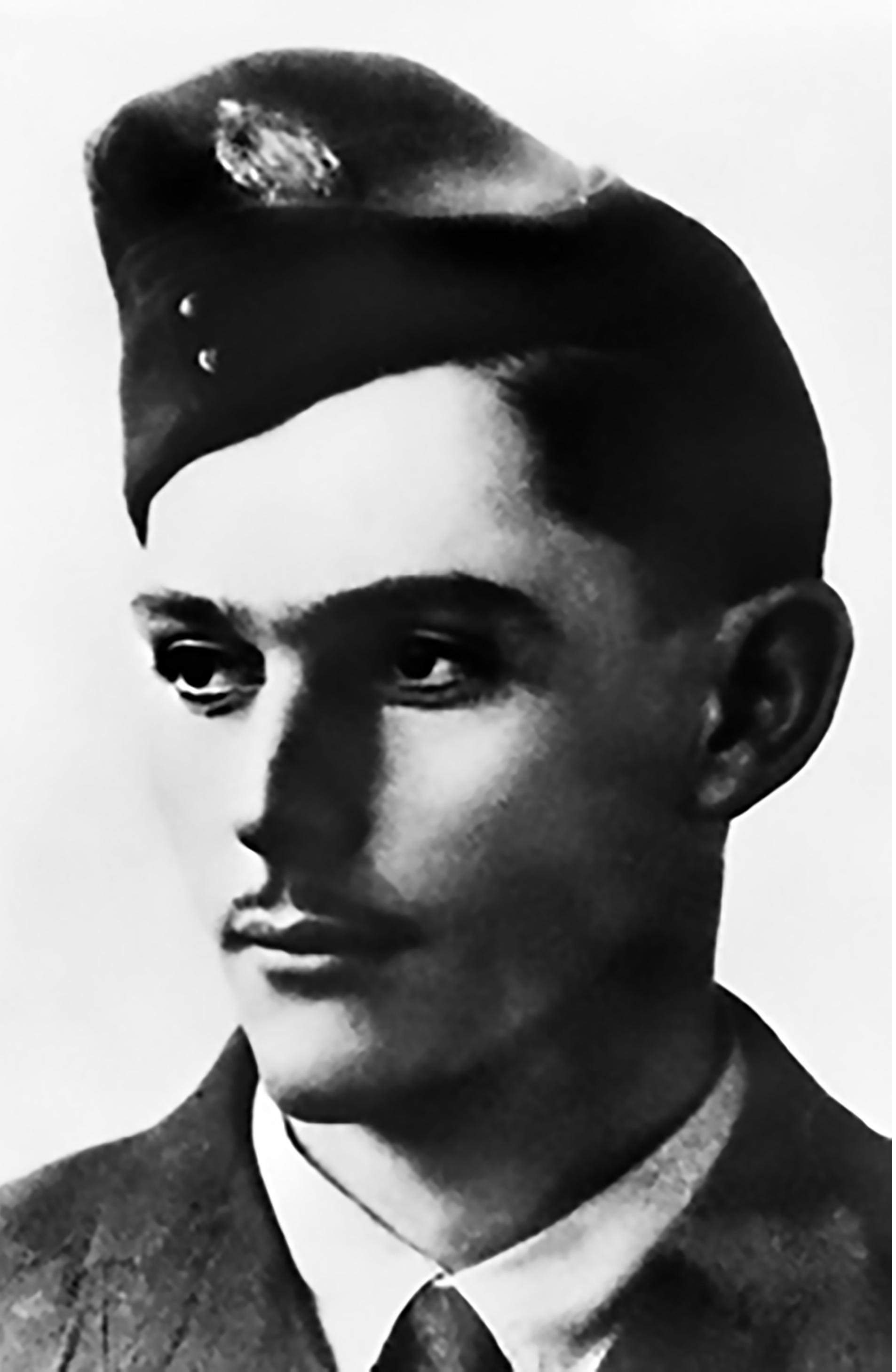
Flight Sergeant Rawdon (‘Ron’) Middleton captained a Stirling bomber of the RAF’s No 149 Squadron during a mission which earned him the Victoria Cross (VC). Taking off from Lakenheath, England, his crew was sent against the Fiat works at Turin, Italy. After a dangerous night crossing of the Alps, Middleton’s aircraft was attacking through heavy flak when a shell burst in the cockpit wounding both pilots. Although shockingly injured, he finished bombing the target before setting course for England. Five crewmen bailed out as the coast was crossed, and two more as the aircraft headed back out to sea (both drowned), leaving Middleton alone at the controls when the Stirling crashed in the sea. His remains washed up on a Dover beach and were buried in February 1943. The previous month he had been posthumously awarded the VC, the first award to a serving member of the RAAF. His commission as Pilot Officer was backdated to 15 November 1942.
Liverpool’s suburb Middleton Grange was named in honour of Flight Sergeant Rawdon ‘Ron’ Middleton VC for his sacrifice and bravery during WWII.
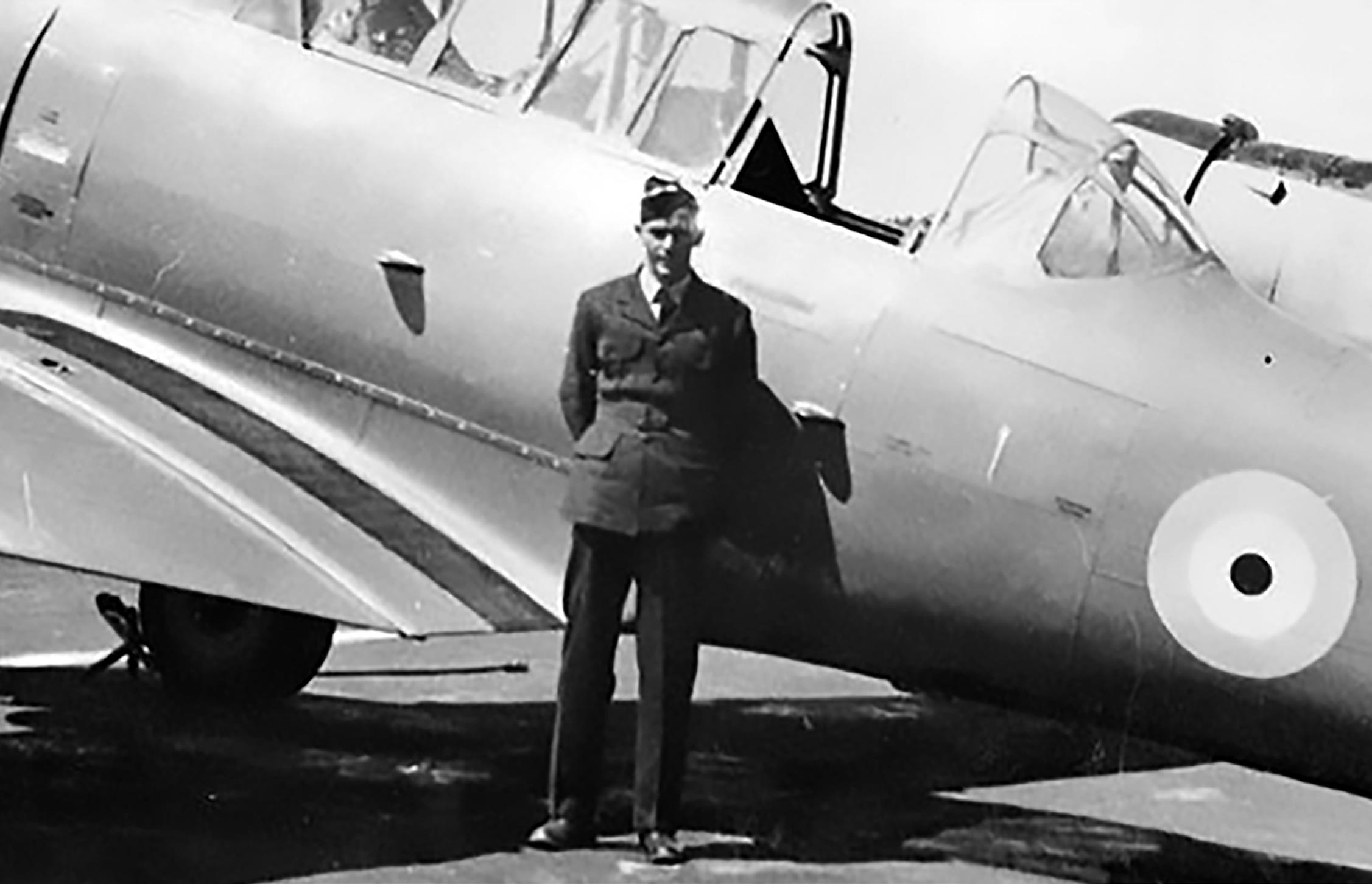
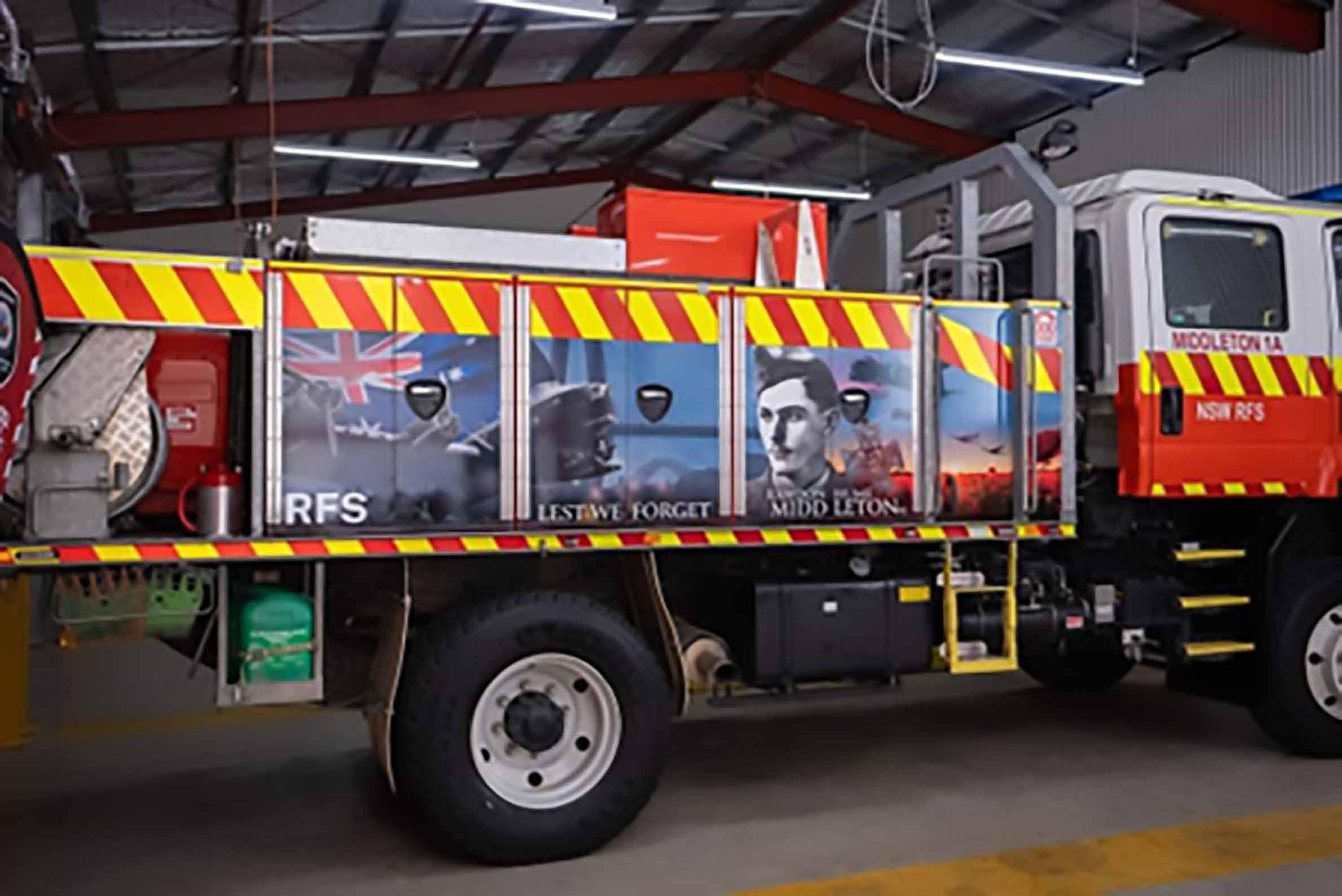


Flight Sergeant Rawdon (‘Ron’) Middleton
Flight Sergeant Rawdon (‘Ron’) Middleton standing in front of his aircraft
NSW RFS – Middleton Brigades ANZAC tribute to Flight Sergeant Rawdon (‘Ron’) Middleton launched on 23 March 2024
